Fireteam Formations
Purpose
Fireteam formations provide structure and organization to the team’s movement across different terrain types and threat levels.
Choosing and maintaining the correct formation improves security, maneuverability, communication, and the team’s ability to react to threats.
Definition
- Fireteam Formation: A deliberate arrangement of team members in relation to each other and the environment, selected based on mission goals, terrain, and expected enemy contact.
Proper formations allow teams to maximize observation, fields of fire, speed, and protection as needed.
Key Principles
- The formation must match the terrain and threat environment.
- Spacing must be maintained between members to minimize vulnerability.
- Formations must be flexible: shift and adjust as conditions change.
- Team members must understand their relative positions at all times.
- Leadership (Team Leader and Point Man) plays a crucial role in navigation and reaction.
Application
Core Formations
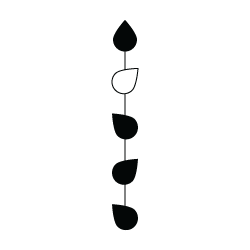 1. Column
1. Column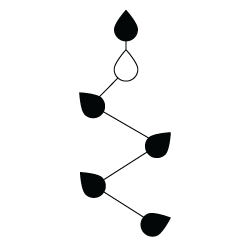 2. Staggered Column
2. Staggered Column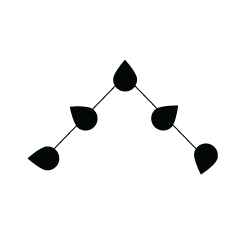 3. Wedge
3. Wedge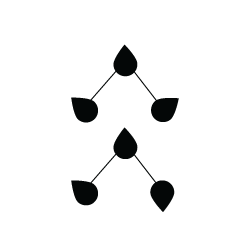 4. Tactical Blob
4. Tactical Blob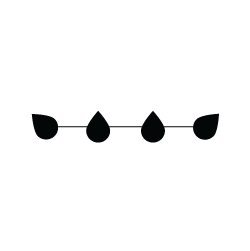 5. Battle Line
5. Battle Line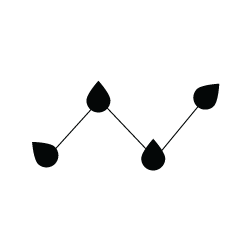 6. Staggered Battle Line
6. Staggered Battle Line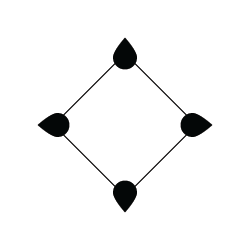 7. 360 | Diamond
7. 360 | Diamond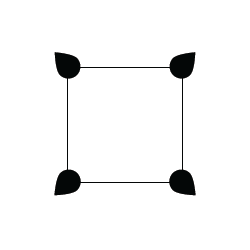 8. 360 | Square
8. 360 | SquareColumn
- Single-file line, good for tight terrain (urban alleys, dense forest).
- Fast movement, minimal field of fire.
- High vulnerability to frontal contact.
Staggered Column
- Alternating placement left and right of a centerline.
- Provides better spacing and overlapping fields of fire.
- Good balance between speed and security during movement.
Wedge
- Triangle formation; team members spread diagonally backward.
- Excellent all-around security and flexibility.
- Ideal for moving across open or lightly wooded areas.
Tactical Blob
- Two wedges formed like an arrowhead.
- Used when maintaining cohesion between two elements while maximizing firepower forward.
Battle Line
- All members lined up side by side.
- Maximum frontal firepower.
- Used for assaults or sweeping open ground toward an objective.
Staggered Battle Line
- Similar to a Battle Line but with alternating offsets between members.
- Adds flexibility and slight defensive depth during an assault.
Diamond
- Members form a diamond shape.
- Provides 360° security while moving.
- Useful for crossing open terrain when the threat direction is unknown.
Square
- A compact four-corner shape providing 360° stationary security.
- Used for halts, establishing temporary security when stationary.
Point Concept
The Point plays a critical role in fireteam movement:
- Moves ahead of the main body, with a deliberate gap (one vacant space) between themselves and the rest of the team.
- Provides early warning of threats but is not intended to act as a scout.
- Maintains immediate reaction space: if threatened, the point can fall back rapidly without endangering the group.
Important Notes:
- The Point is the first line of defence and offense for the team, he is critical in protecting the team by detecting threats and obstacles, and navigating his team effectively and sefely.
- The Team Leader should not act as Point Man — they must focus on navigation, communication, and decision-making.
- The Point is a reactionary role, not an offensive or reconnaissance one.
- The point can alert the team by spotting threats — or by being engaged first if unseen threats are encountered.
Common Mistakes
- Poor spacing: bunching up or straggling, leading to vulnerability.
- Maintaining an inappropriate formation for the terrain (e.g., wedge in tight alleys).
- Losing track of formation changes when moving through complex environments.
- Failing to maintain the point man’s spacing and purpose correctly.
- Leaders placing themselves at risk by taking point instead of directing the team.
Summary
Understanding and properly using fireteam formations ensures that players move intelligently through the battlefield while maintaining security, flexibility, and combat effectiveness.
Formations must match the terrain, be adapted on the fly, and be supported by disciplined spacing and effective leadership, particularly by the Point Man and Team Leader.